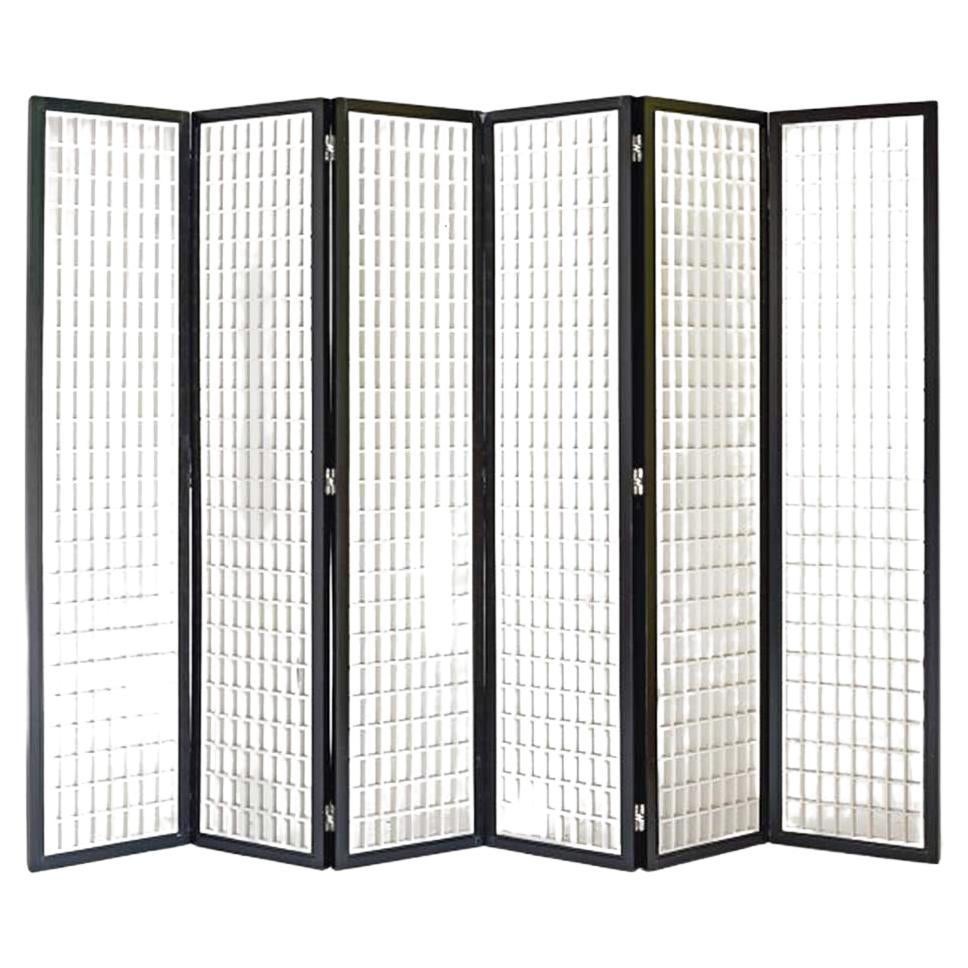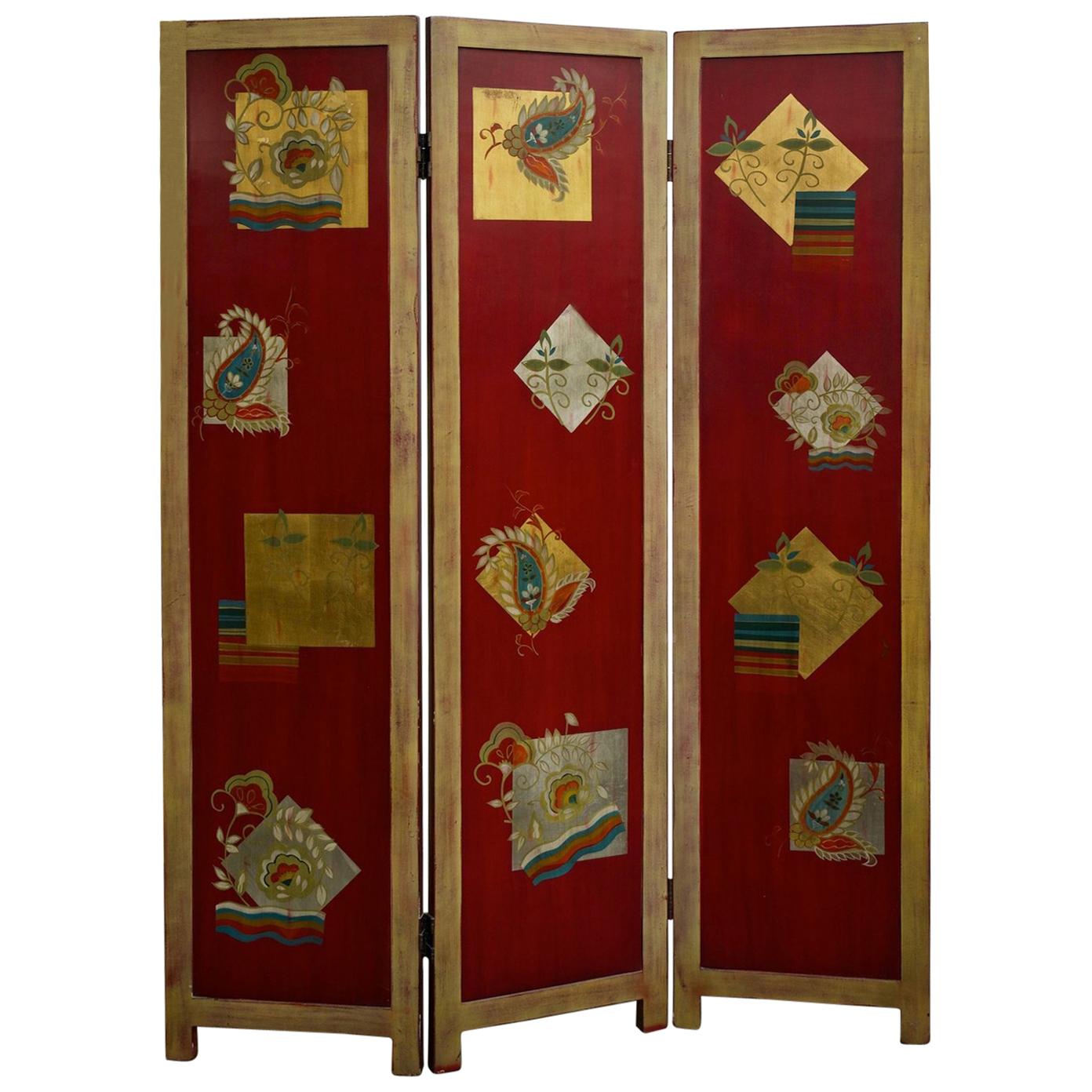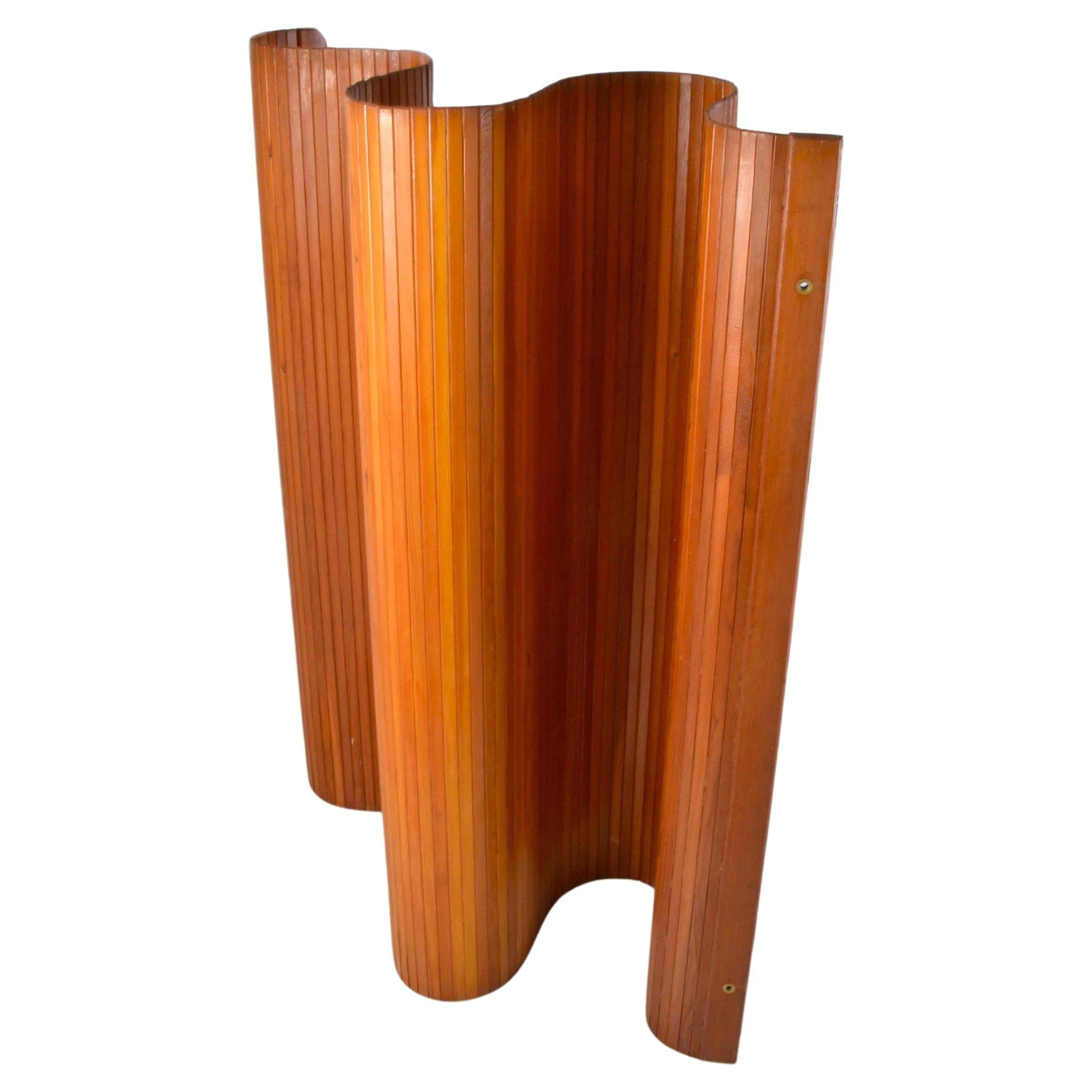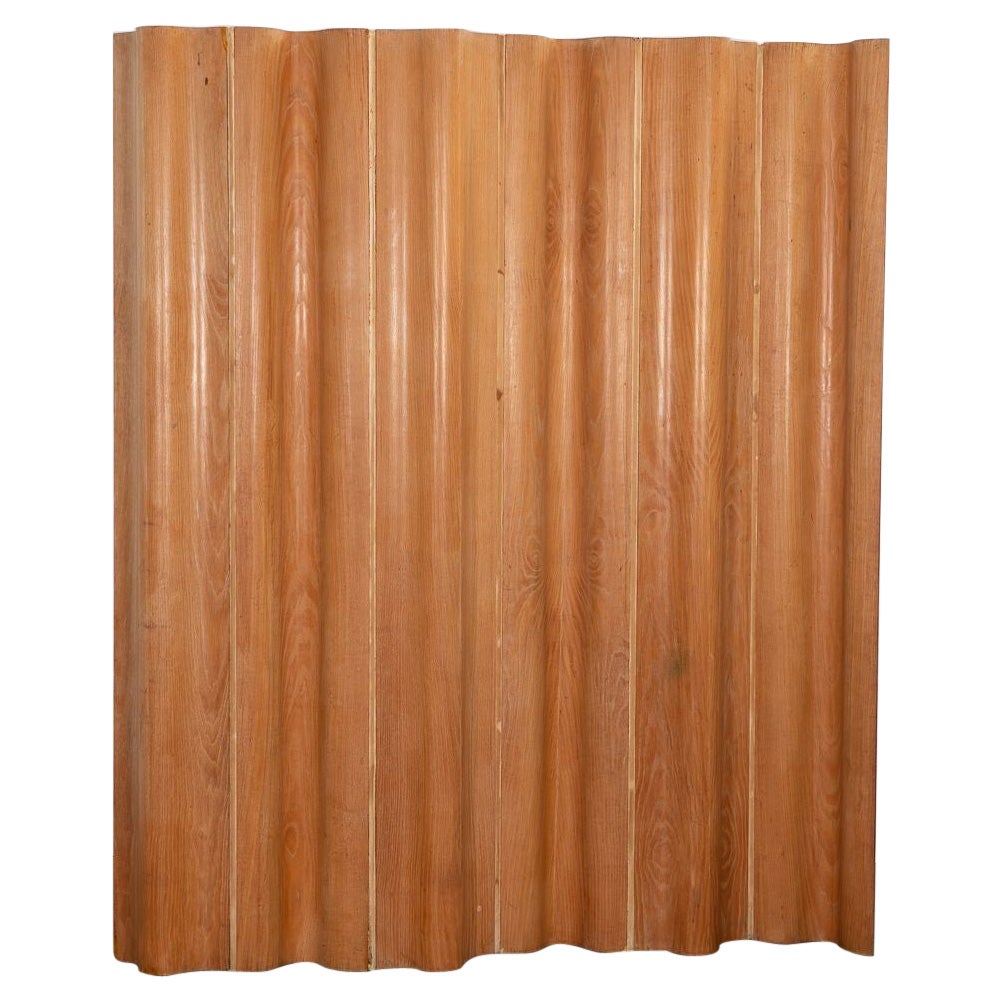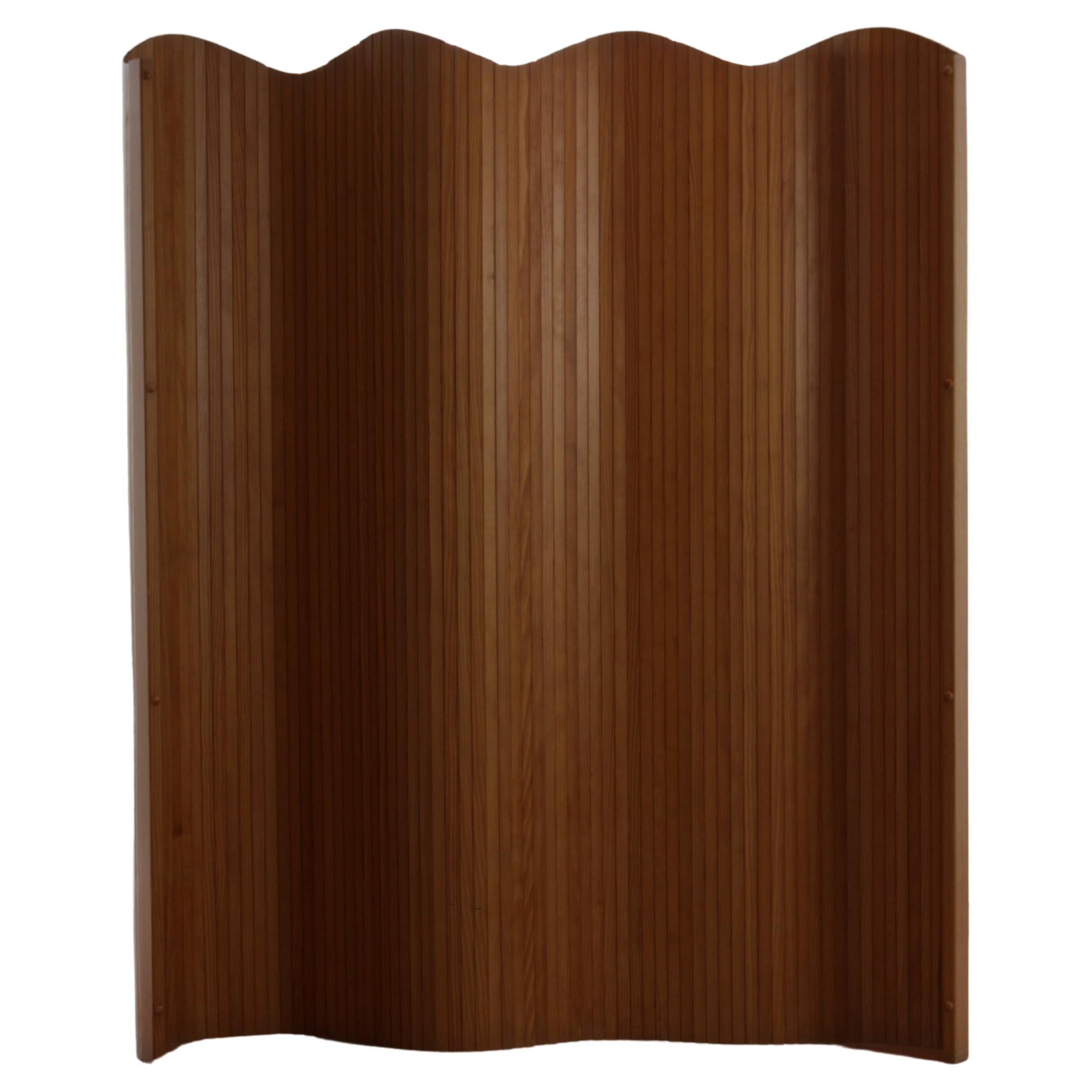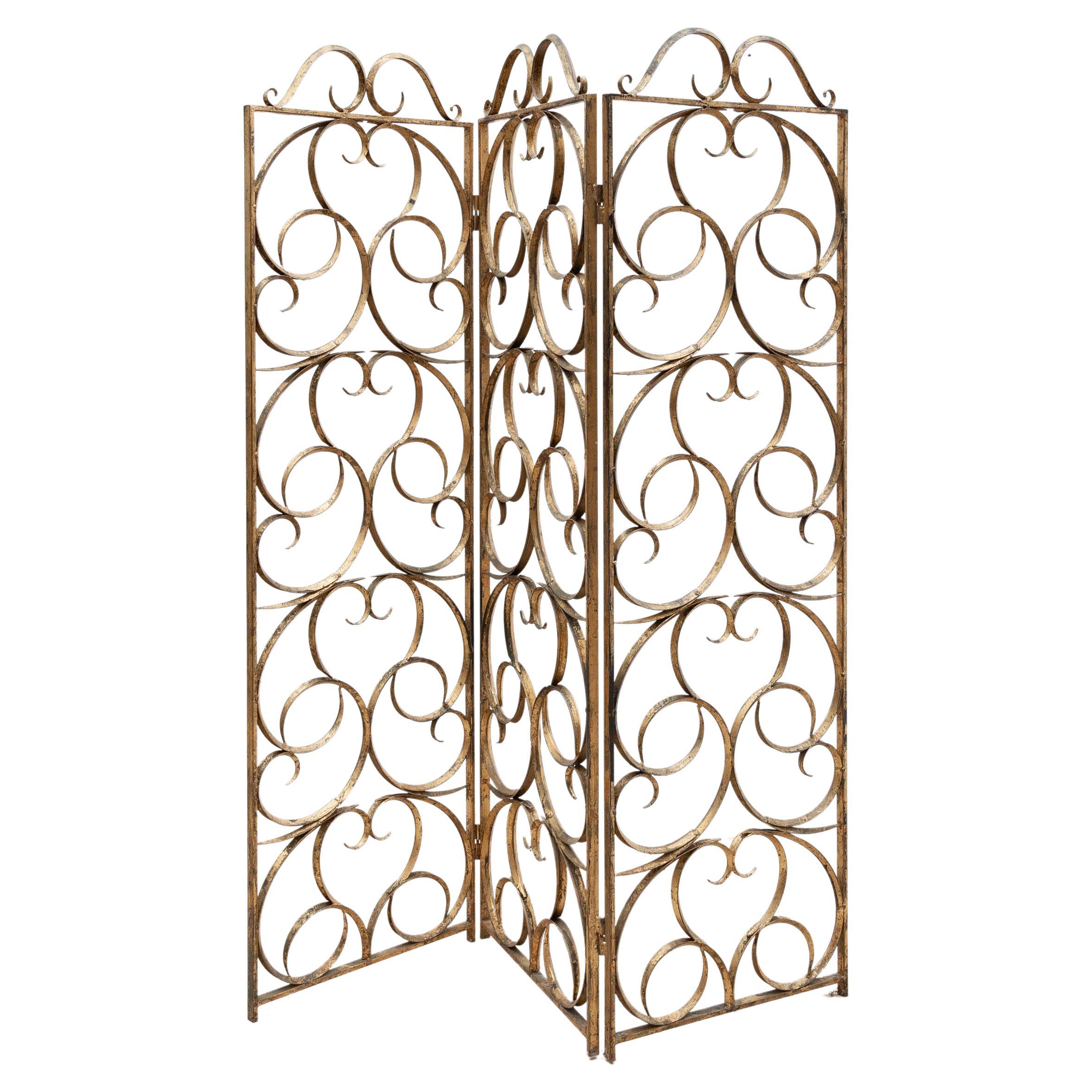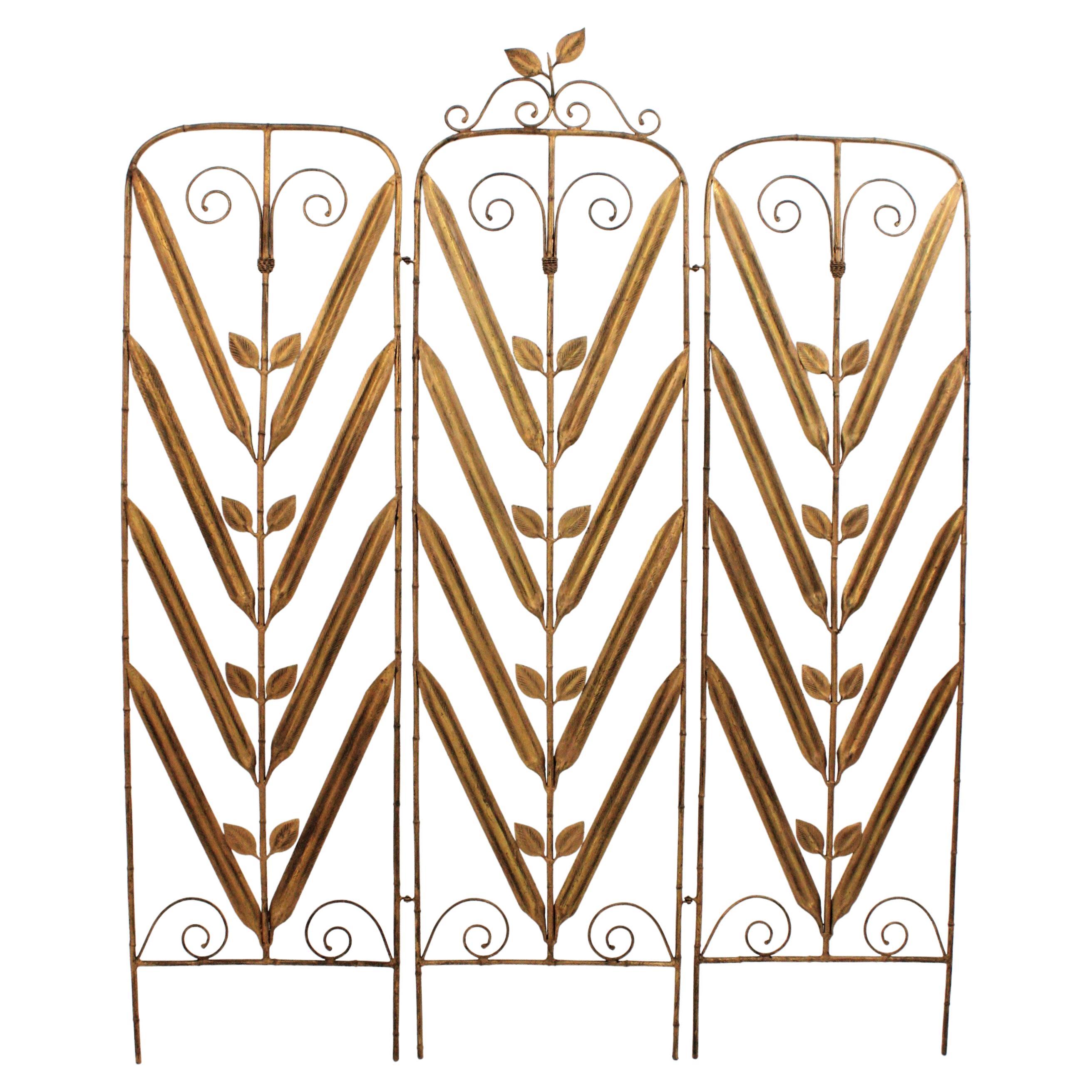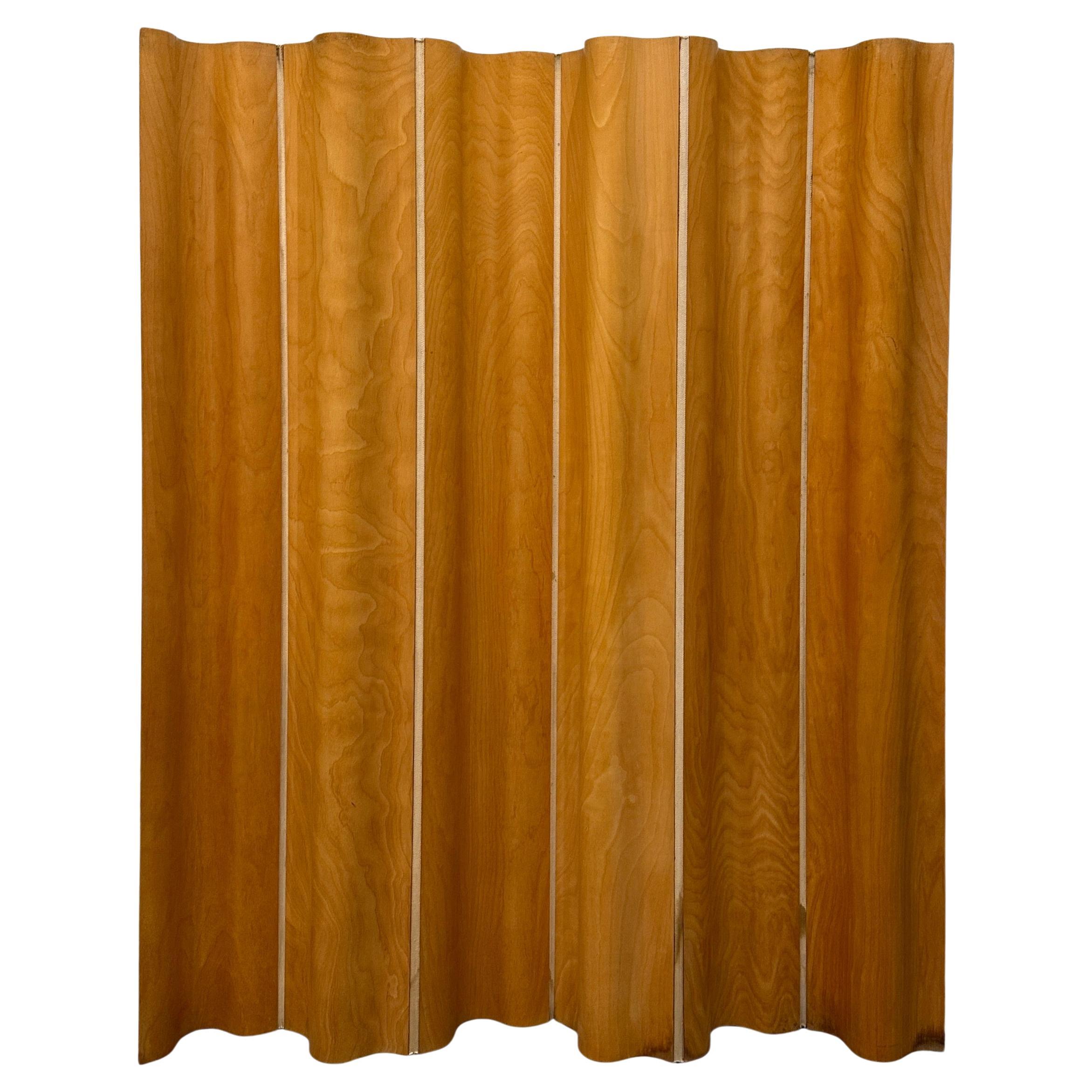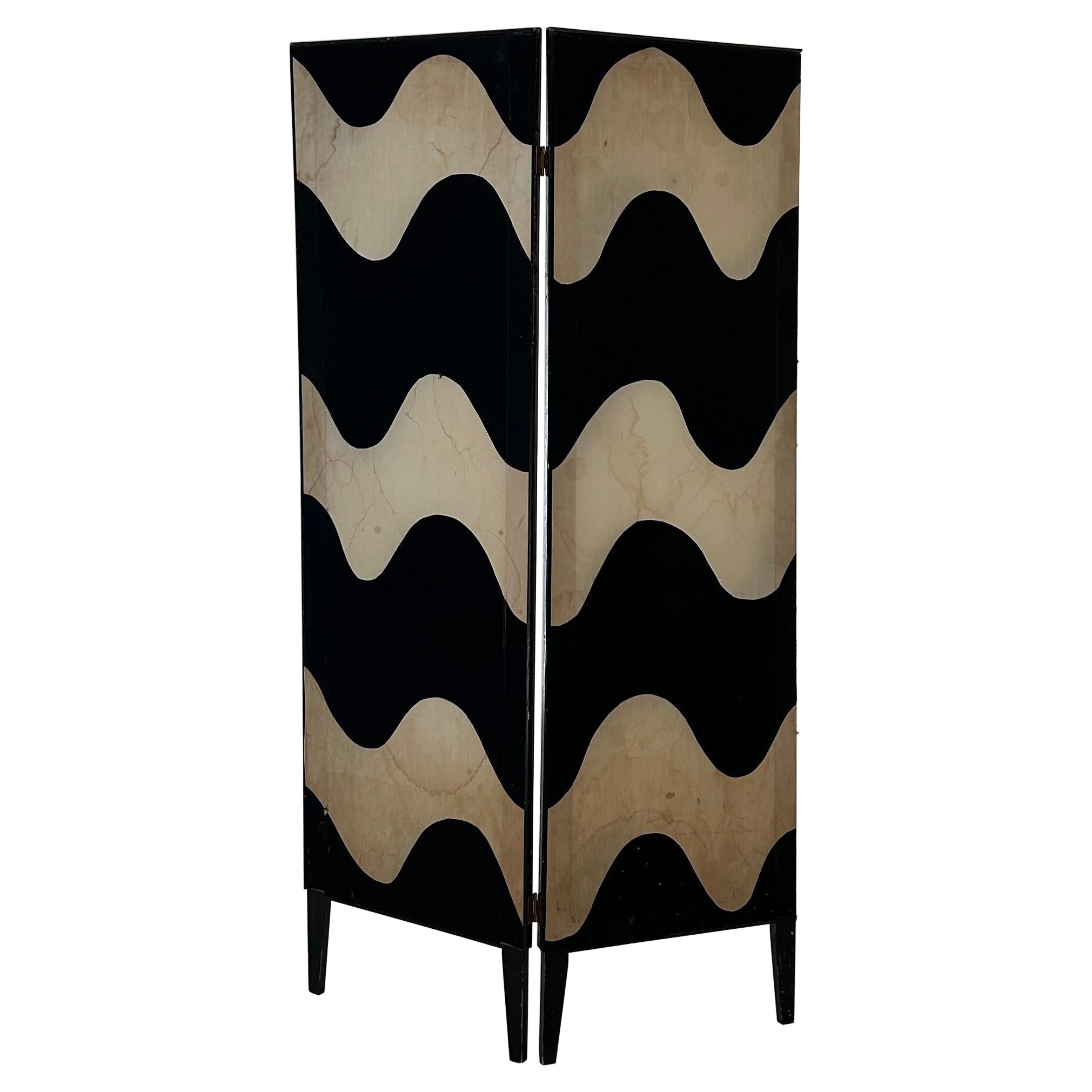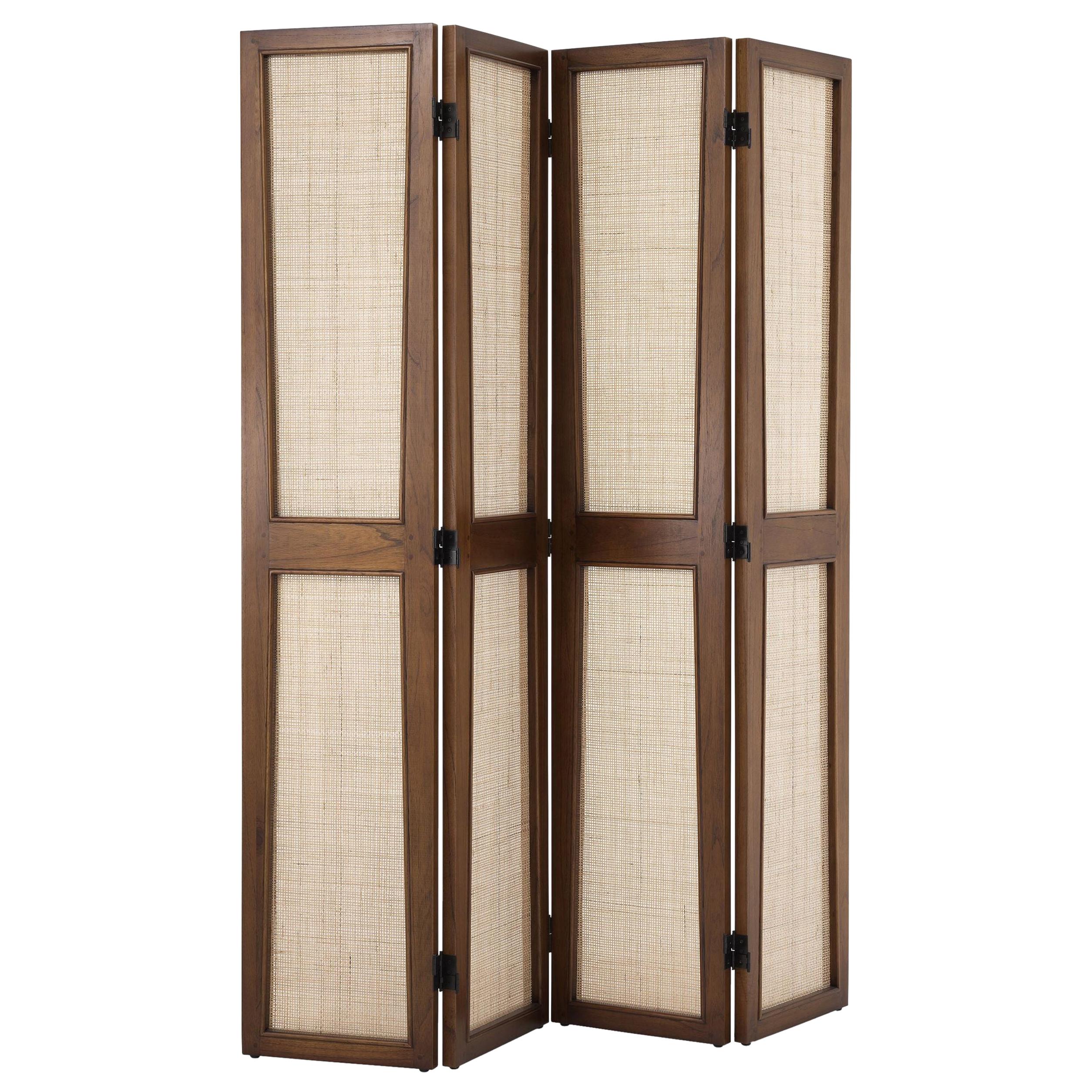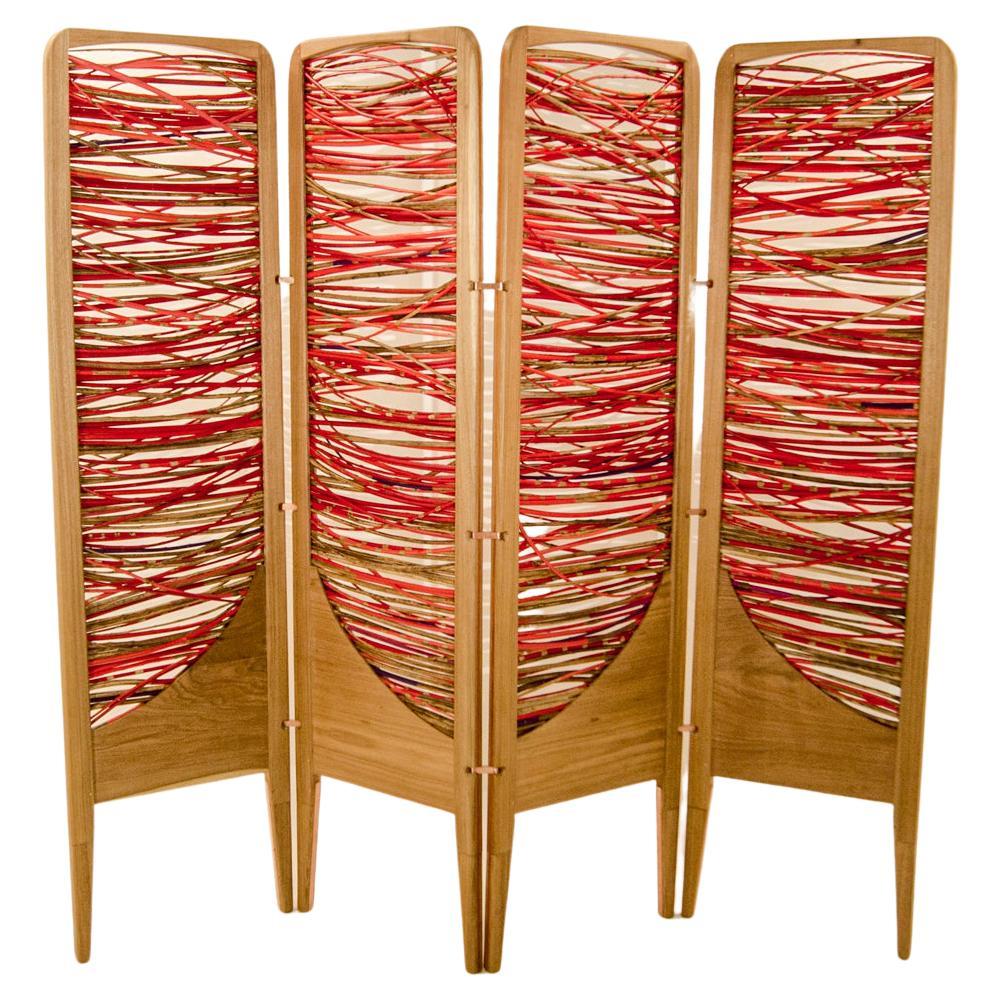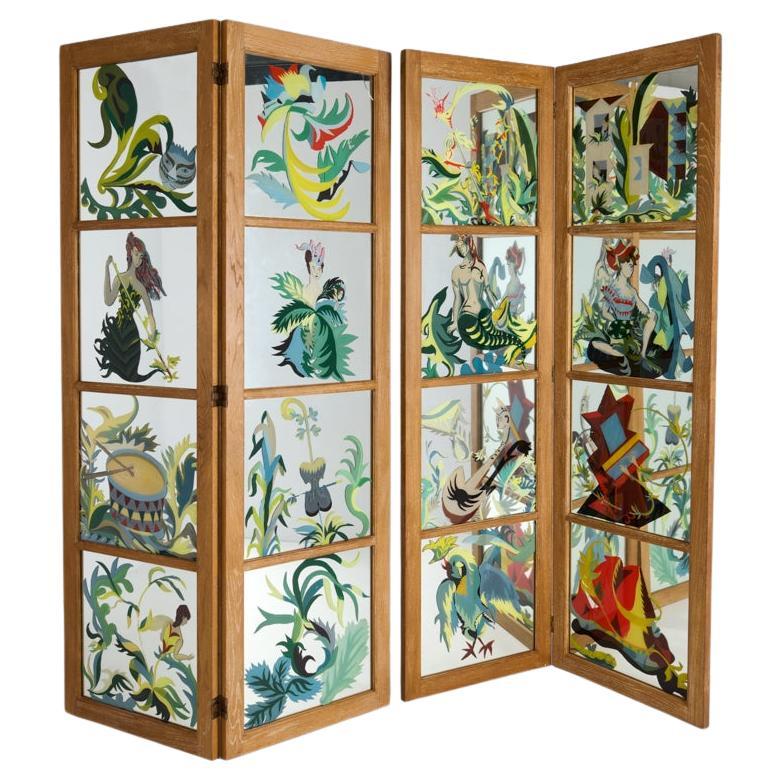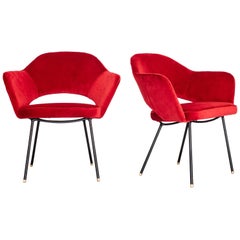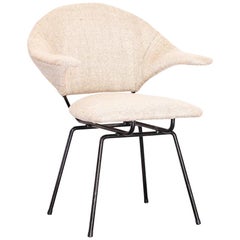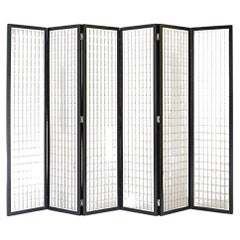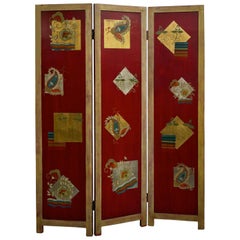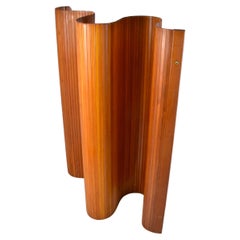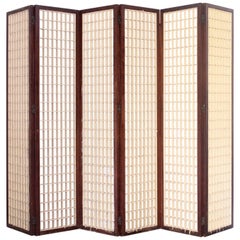
1950s Folding Screen by Joaquim Tenreiro for Rio De Janeiro Jockey Club, Brazil
View Similar Items
1950s Folding Screen by Joaquim Tenreiro for Rio De Janeiro Jockey Club, Brazil
About the Item
- Creator:Joaquim Tenreiro (Designer)
- Dimensions:Height: 78.75 in (200 cm)Width: 94.49 in (240 cm)Depth: 1.19 in (3 cm)
- Style:Mid-Century Modern (Of the Period)
- Materials and Techniques:
- Place of Origin:
- Period:
- Date of Manufacture:circa 1960
- Condition:Wear consistent with age and use. Minor losses.
- Seller Location:Sao Paulo, BR
- Reference Number:1stDibs: LU3163310533121
Joaquim Tenreiro
The Portugese-born furniture designer Joaquim Tenreiro was a pioneer of modernism in Brazil, where his work paved the way for the successes of such mid-20th-century design greats as Sergio Rodrigues, Jorge Zalszupin, and Lina Bo Bardi, an Italian-Brazilian architect whose futuristic São Paulo buildings are only part of her legacy.
Tenreiro’s vintage tables, chairs and storage cabinets are known for their simplicity of line and an elegance that is enhanced by the use of richly grained South American hardwoods such as jacaranda and imbuia.
Tenreiro’s father and grandfather were both master woodworkers, under whom he trained in the craft. He had artistic leanings and in the late 1920s enrolled as a university student at the School of Arts and Crafts in Rio de Janeiro, where he joined a group of upstart modernists protesting the staid, retrograde curriculum at the college. At the time, Brazil was culturally mired in a 19th-century mindset that was reflected in an upper-class preference for academic painting and reproduction furnishings in antique European styles. But the progressive spirit that Tenreiro and his colleagues fostered slowly gained force.
With the terms “lightness” and “functionality” as his bywords, Tenreiro opened a furniture-design business in 1943, where one of his first clients was the legendary architect Oscar Niemeyer. The arrival of Brazil’s first democratically elected government, in 1945, lent modernism official sanction, which culminated in the construction of the new capital, Brasília. Tenreiro eventually stepped away from design in the late 1960s to devote his time to sculpture and painting.
To appreciate how revolutionary Tenreiro’s work seemed, one must imagine the heavy, ornately carved, deeply varnished furniture that was the standard for top-end Brazilian interior design in the 1930s. Tenreiro’s chairs and sofas employed slender, softly angular frames that were only lightly stained to highlight the grains of the local woods. He preferred chairs and chaises with caned seats and backrests that “breathe” in the tropical climate, and as a carpenter and joiner he wanted to show off the beauty of Brazilian wood.
Two versions of a three-legged side chair introduced in 1947 serve as a veritable manifesto for a new age in Brazilian design: Using the stack-lamination technique, Tenreiro bonded together a gently contoured seat made of alternating layers of different-colored native woods to produce a magnificent stripe effect. These chairs, like all Tenreiro works, demonstrate the enduring power of simple design and superb construction — with a teaspoon of flair.
Find vintage Joaquim Tenreiro furniture on 1stDibs.
- 1950s Pair of Red Velvet Iron Armchairs by Carlo Hauner, BrazilBy Carlo HaunerLocated in Sao Paulo, SPThis early 1950's pair of armchairs by Hauner for Móveis Artesanal is amazing and super rare set of chair. The design for these armchairs resembles the Executive Armchair by Saarinen...Category
Mid-20th Century Brazilian Mid-Century Modern Armchairs
MaterialsBrass, Wrought Iron
- 1950s "Sleepwalker" Armchair in Iron and Silk by Carlo Hauner, Brazilian ModernBy Carlo HaunerLocated in Sao Paulo, SPRare and exquisite "sleepwalker" armchair by Carlo Hauner for Móveis Artesanal. Freshly reupholstered in rustic silk for the most soft touch possible....Category
Mid-20th Century Brazilian Mid-Century Modern Club Chairs
MaterialsWrought Iron
- Dining Table in Caviuna and Cane Weaving by Martin Eisler, Brazil Modern, 1950sBy Forma, Martin EislerLocated in Sao Paulo, SPThis is the rare and extremely sought after dining table with cane top, by Austrian-Brazilian designer Martin Eisler in the early to mid 1950s. Eisler was seduced by the simplicity and results of using cane weaves...Category
Mid-20th Century Brazilian Mid-Century Modern Dining Room Tables
MaterialsCane, Glass, Hardwood
- Carlo Hauner Wingback Wrought Iron Lounge Chair, Brazilian Modern, Early 1950sBy Carlo Hauner, FormaLocated in Sao Paulo, SPRare and beautiful lounge chair, designed by Carlo Hauner for Móveis Artesanal in the early 1950s. Sharing some particularities with other prototypical designs from his early day...Category
Mid-20th Century Brazilian Mid-Century Modern Lounge Chairs
MaterialsBrass, Wrought Iron
- 1950s Pair of Lounge Chairs in Imbuia Wood, Brazilian Mid-Century ModernLocated in Sao Paulo, SPThese two chairs have an amazing Italian style, with sexy curves contrasting with the boxy shell. Two-tone fabrics enhance the dynamics of the shell, creating a very exciting piece. ...Category
Mid-20th Century Brazilian Mid-Century Modern Lounge Chairs
MaterialsHardwood
- Brazilian Modern Armchair in Iron & Hardwood, Designed by Carlo HaunerBy Carlo HaunerLocated in Sao Paulo, SPBrazilian Mid-Century Modern Iron and Caviúna hardwood armchair, designed by Carlo Hauner for Móveis Artesanal, circa 1952. This light armchair has b...Category
Mid-20th Century Brazilian Mid-Century Modern Armchairs
MaterialsWrought Iron
- Room Divider by Joaquim Tenreiro Moveis e Decoraçoes, 1960By Joaquim TenreiroLocated in Barcelona, ESRoom Divider Manufactured by Tenreiro Moveis e Decoraçoes Brazil, 1960 Black and white painted jacaranda Measurements 280 cm x 3,5 cm x 201,2h cm 110,23 in in x 1,37 in x 71,29h in ...Category
Vintage 1960s Brazilian Screens and Room Dividers
MaterialsJacaranda
- 1950s Three-Panel Folding ScreenLocated in Philadelphia, PAVienna Werkstatte style screen, circa 1950, in gold and silver leaf with red lacquer background and multi-colored decoration. Double-sided with diffe...Category
Vintage 1950s Austrian Vienna Secession Screens and Room Dividers
MaterialsGold Leaf, Silver Leaf
- Folding Screen in Pinewood by Alvar Aalto, 1950sBy Alvar AaltoLocated in Untersiggenthal, AGDer Screen besteht aus dünnen Kiefernholzstreifen, die ihm eine fließende und flexible Struktur verleihen - Sie können ihn wellenförmig oder eckig gestalten, einen großen, abgerundet...Category
Vintage 1950s Screens and Room Dividers
MaterialsPine
- Original 1950s Eames for Herman Miller FSW-6 Folding Screen Room DividerBy Herman Miller, Charles and Ray EamesLocated in Brooklyn, NYAn early molded plywood screen divider in calico ash, designed by Charles & Ray Eames, manufactured by Herman Miller. The screen's ingenious design allows it to be formed into a vari...Category
Vintage 1950s American Mid-Century Modern Screens and Room Dividers
MaterialsAsh
- Mid 20th Century Modern Folding Screen by J. Baumann, 1950sBy Jomaine BaumannLocated in Brugge, BE1950s France Pine 180cm high, 200cm wide, 2cm deepCategory
Mid-20th Century French Mid-Century Modern Screens and Room Dividers
MaterialsPine
- Decorative Wrought Iron, Gilt Folding Screen, Italy, 1950sLocated in Antwerp, BEA beautiful wrought iron gilded decorative folding screen, room-divider made of 3 panels each 51 cm width/height 172 cm, made with craftsmanship, a decorative pearl in an Antique as ...Category
Vintage 1950s Italian Hollywood Regency Screens and Room Dividers
MaterialsWrought Iron
